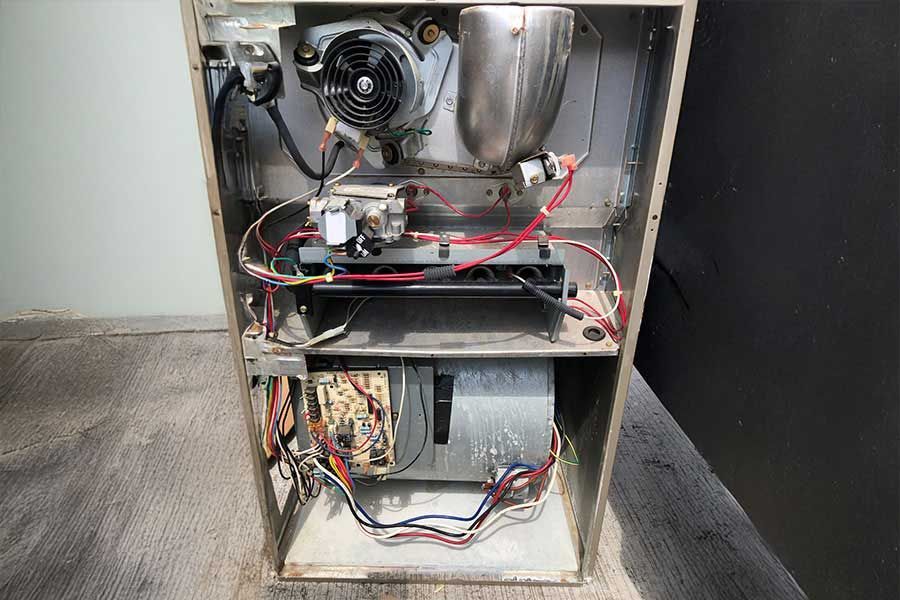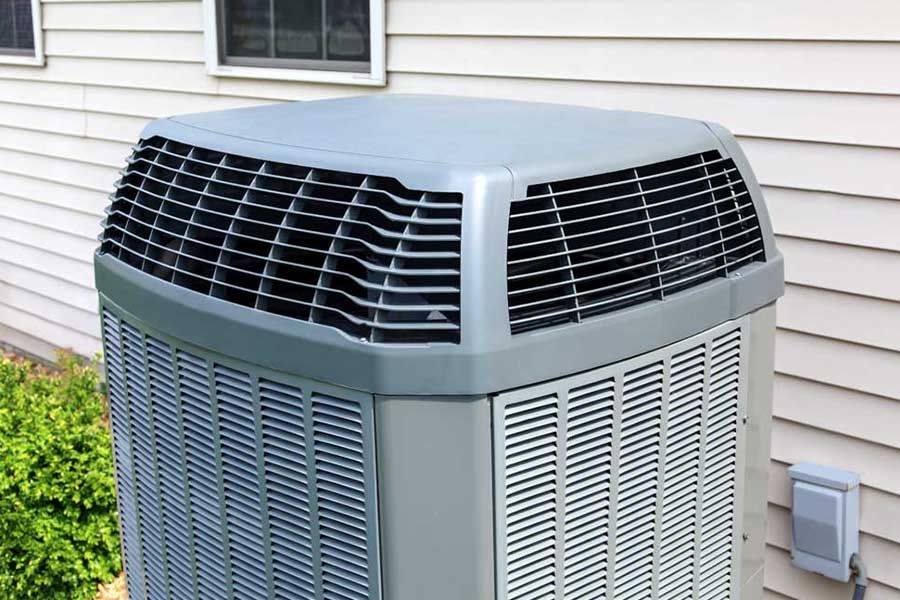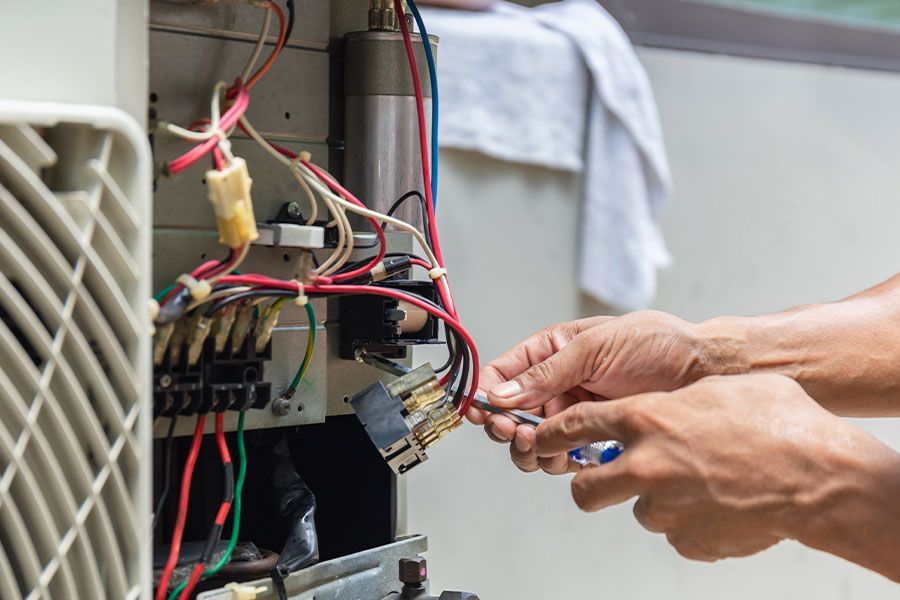Things To Consider in the HVAC Installation Process
Installing a functional heating, ventilation, and air conditioning (HVAC) system in your home is the best way to maintain year-long temperature control and good indoor air quality. If you're constructing a new home or need to upgrade the unit in your current residence, you may have questions about the HVAC installation process.
Though many people enjoy do-it-yourself home improvement projects, heating and cooling system replacement isn't one of them. Skilled and experienced HVAC contractors in West Bend, WI, are the ideal solution to any HVAC installation needs. However, you can prepare for the task by learning what goes into the process below.
When To Install a System
Your home can need a new HVAC system at any time of the year. However, it's best to replace an old unit in early spring. Professional HVAC technicians can install a new system anytime, but the temperatures are most agreeable during the first few weeks of spring.
The HVAC installation process will require your home to be without heating and cooling for a while. So, waiting until outdoor temperatures aren't at their highest or lowest will ensure that you and your household can be comfortable while the technicians work.
Safety
HVAC technicians maintain the highest safety standards when replacing units. Common hazards include:
- Exposure to chemicals like AC refrigerant
- Electrical currents from exposed wires
- Respiratory health issues due to dirty air filters and air ducts
- Falls from ladders
Chemical exposure is one of the most dangerous accidents that could occur during HVAC installation. Some refrigerants could lead to burns, sinus irritation, difficulty breathing, and other health problems. Handling these chemicals requires HVAC technicians to complete formal safety training.
HVAC contractors always prepare for potential accidents. However, their knowledge and experience help them reduce the risk of injury or illness. For instance, they wear safety glasses and heavy-duty gloves or use electrician-approved multimeters to test electrical currents through wires to eliminate the risk of shock or electrocution.
Calculations of Heating and Cooling Loads
Knowing a system's heating and cooling loads will ensure that it's the correct size for the house. Installing the wrong size HVAC unit will seriously impact the home's air quality and energy consumption.
Systems that are too small are not sufficient enough to properly treat or cycle indoor air. Conversely, oversized units will frequently cycle, reducing their energy efficiency and leading to inconsistent temperatures throughout the property.
Determining the right HVAC unit size for a residence requires a technician's calculation of a property's heating load worth (HLW). The HLW uses a building's square footage, location, construction materials, age, and heat gain to determine a building's appropriate unit size.
Energy Efficiency
Besides cooling loads and unit size, the HVAC technician will also consider your home's needs for energy efficiency before replacing the heating and cooling system. SEER ratings help technicians understand how much electricity an AC unit needs to function optimally.
SEER ratings span from 13 to 21. The higher the rating, the less electricity your new system will need. During the HVAC installation process, the technician will ensure that your upgraded system will maintain your house's energy efficiency.
Location for AC Unit and Its Thermostat
Before the HVAC technician can begin the AC install service, they must find the best placement for the air conditioning unit and thermostat. It's not uncommon for these systems to generate noise while running, so placing their components near bedrooms or home offices could be distracting. The contractor will help find a suitable location.
They will also assist with the placement of the system's thermostat. The device is responsible for regulating the entire heating and cooling system, so its ideal location is an indoor space away from drafts, air ducts, and heat sources.
Failing to install a thermostat in the proper location can result in faulty readings, causing the device to cycle the HVAC unit improperly.
For instance, constant drafts around the thermostat could trick it into thinking the home's temperature is lower than it is, forcing the AC unit to run infrequently. As a result, you could have uneven cooling throughout the house.
Air Duct System Installation or Upgrade
If you intend to install central heating and air conditioning in your home, you will need a functional air duct system to transport warm or cool air to each room. Before installing a new HVAC system, the contractor will inspect the existing ductwork to check for debris or damage that could reduce airflow. If necessary, a skilled technician will repair the damage.
Installing a heating and cooling system without addressing problems with the ductwork will result in air leaks, high energy expenses, poor indoor air quality, and inconsistent temperatures.
Technicians can install a high-quality duct system in a building if one isn't present. Ductwork fabrication usually uses galvanized steel sheet metal with a rust-resistant coating. If your home needs a duct system, the contractor will develop a floor plan to help them unobtrusively place the air ducts.
Installing the AC Unit
Many modern HVAC systems include wall-mounted air conditioning units for zoned areas. However, full-house systems can be more complex, especially in dwellings with existing central heating units. Trained technicians may modify your system to connect the AC unit to the furnace ductwork.
After installing the system, it will undergo a test to ensure everything runs smoothly. It shouldn't produce any noise, but it should have a consistent temperature throughout the house.
Quality HVAC Installation
Even after learning about the essential aspects of a typical HVAC installation process, it is unsuitable as a DIY project. Installing heating and cooling systems can be complex and hazardous, and some local governments require licensed technicians to complete the job.
If it's time to upgrade your HVAC system, contact Professional Services. Proudly serving communities in Washington and Ozaukee Counties, our expert heating and cooling company has the expertise and tools to handle every HVAC need, from routine maintenance to residential installations.
Learn more about heating and cooling problems like the short cycling of HVAC systems on our website. To request service, call the Professional Services team at
262-218-2636.
You might also like







